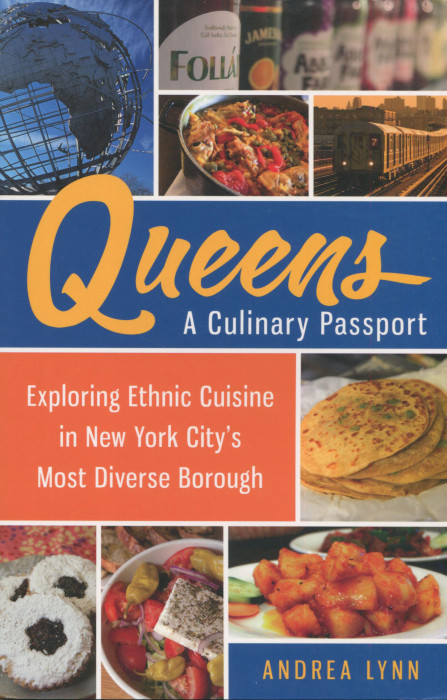You may have seen in the news that an iconic New York City bar has closed: Hogs and Heffers. Rough and rowdy, Hogs was in the Meatpacking district when it had real meatpacking firms, not today’s high end restaurants and fashion stores. Why did it close? Rent increase. From $15,000 a month to $60,000.
That is a story that is repeated every day now in Manhattan. And more and more in Brooklyn, too, the borough that folks from Manhattan fled to find affordable spaces for their homes and their business. It’s all changing. And the impact is bad.
Restaurants and food stores, the neighborhood and family types of business, are forced out. Want good Thai food? Well, you can spend $100 a head in Manhattan now. And the food should be good. But that $100 meal is not the same as the $20 one that you used to get, the meal prepared by a family and not by some chef with visions of being on the Food Network. The food in Manhattan has become different, the pricing is different, the entire experience is different.
Where do you go now? To Queens. Queens is one of the five New York City boroughs that is somewhere “out there.” It’s beyond Manhattan and not even fully penetrated by the subway system. And it’s big. Queens has 180 square miles. Paris? A mere 40.
Queens is filled with people from around the planet, people speaking over 140 languages — more than in any other city in America. And when people speak differently, they cook differently. Queens is the new capital of food diversity.
So, what is there to find in Queens and how can you find it. Do you need a car? Can you walk it? What are the best places for Chinese and Mexican and Thai? Queens: A Culinary Passport is a snappy new guide to Queens, its restaurants and its stores. Author Andrea Lynn is a true foodie: chef, recipe developer, and writer. In this book, her fourth, she takes on her biggest challenge: Queens.
In A Culinary Passport, Queens is divided up into 9 neighborhoods. For each ‘hood, there is a list of the top dining spots and markets, some sample recipes, and for some ‘hoods a map with a walking tour.
There’s been serious research for A Culinary Passport with Andrea offering deep background on the establishments and the ethnic backgrounds you can encounter. The book itself is richly produced: semi-gloss paper with pages filled with photos. You pick the book up and you feel compelled to start walking.
And eating. Suzen and I have a fall project to explore Queens. We were not sure how to proceed but now we know. We’ll let you know what we find.

